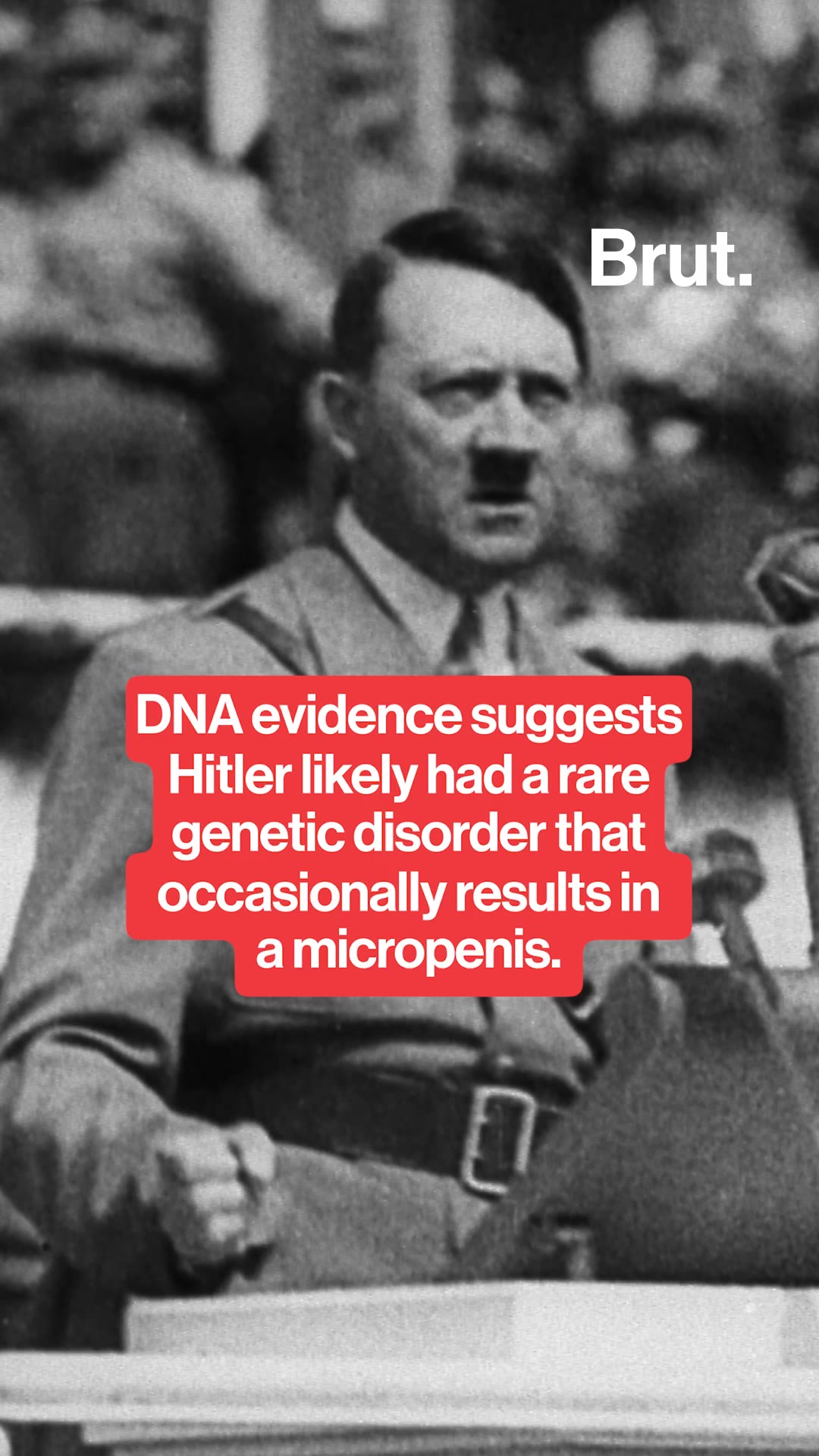What is NASH Disease?
Fatty diets could contribute to liver disease known as a ‘silent killer’
It’s one of the leading causes of cirrhosis of the liver: Non-Alcoholic Steatohepatitis (after effect NASH) — sometimes nicknamed “junk food disease” “soda disease” — is an extreme form of non-alcoholic fatty liver disease. Nonalcoholic fatty liver disease (NAFLD) is a significant health problem affecting 20%-30% of the American adult population as stated in NCBI. Consumption of high-fructose food, such as soft drinks, increases the prevalence of the disease. Risk factors that contribute to the disease development include obesity, diabetes, cholesterol, high blood pressure and sedentary lifestyle. The majority of patients can reverse the disease by losing weight, changing diet, and exercising.
The disease is more prevalent in western nations. Although the symptoms of is found almost in all the regions and other demographics, the disease still prevails in younger children. The initial stage of cirrhosis can be cured with proper treatments and medications, for which the healthcare centers and physicians need proper therapeutics. This boosts the market growth significantly for nonalcoholic steatohepatitis (NASH) therapeutics in the market. The negative effects of obesity on overall health have been well-established along with the increasing rates throughout both the U.S. and internationally. Obesity as a comorbidity in liver disease can affect progression of nonalcoholic fatty liver disease and compound alcohol-related liver complications.
Fatty liver experts discussed the necessity of revising current common nomenclature of nonalcoholic fatty liver disease and alcoholic fatty liver disease to better reflect clinical phenotype based on growing prevalence and overlapping features of both classifications. Nonalcoholic fatty liver disease correlated with an approximately 90% higher risk for liver and gastrointestinal cancers compared with patients without fatty liver disease, while the association between obesity without fatty liver disease and cancer was small. Recent studies have also shown that obesity in liver disease may have a more complex pathophysiology than previously thought.
Brut.
What is NASH Disease?
Fatty diets could contribute to liver disease known as a ‘silent killer’
It’s one of the leading causes of cirrhosis of the liver: Non-Alcoholic Steatohepatitis (after effect NASH) — sometimes nicknamed “junk food disease” “soda disease” — is an extreme form of non-alcoholic fatty liver disease. Nonalcoholic fatty liver disease (NAFLD) is a significant health problem affecting 20%-30% of the American adult population as stated in NCBI. Consumption of high-fructose food, such as soft drinks, increases the prevalence of the disease. Risk factors that contribute to the disease development include obesity, diabetes, cholesterol, high blood pressure and sedentary lifestyle. The majority of patients can reverse the disease by losing weight, changing diet, and exercising.
The disease is more prevalent in western nations. Although the symptoms of is found almost in all the regions and other demographics, the disease still prevails in younger children. The initial stage of cirrhosis can be cured with proper treatments and medications, for which the healthcare centers and physicians need proper therapeutics. This boosts the market growth significantly for nonalcoholic steatohepatitis (NASH) therapeutics in the market. The negative effects of obesity on overall health have been well-established along with the increasing rates throughout both the U.S. and internationally. Obesity as a comorbidity in liver disease can affect progression of nonalcoholic fatty liver disease and compound alcohol-related liver complications.
Fatty liver experts discussed the necessity of revising current common nomenclature of nonalcoholic fatty liver disease and alcoholic fatty liver disease to better reflect clinical phenotype based on growing prevalence and overlapping features of both classifications. Nonalcoholic fatty liver disease correlated with an approximately 90% higher risk for liver and gastrointestinal cancers compared with patients without fatty liver disease, while the association between obesity without fatty liver disease and cancer was small. Recent studies have also shown that obesity in liver disease may have a more complex pathophysiology than previously thought.
Brut.













